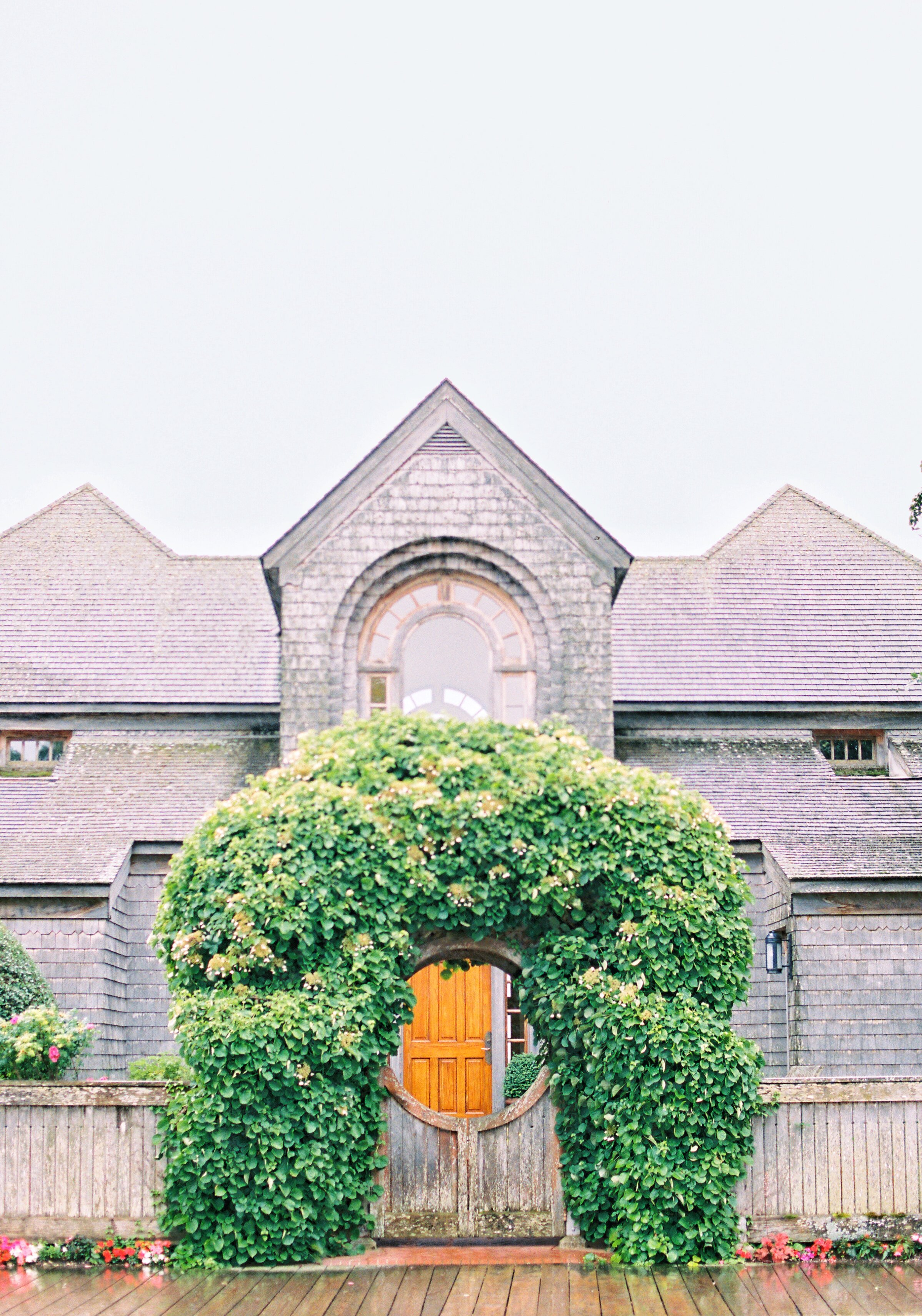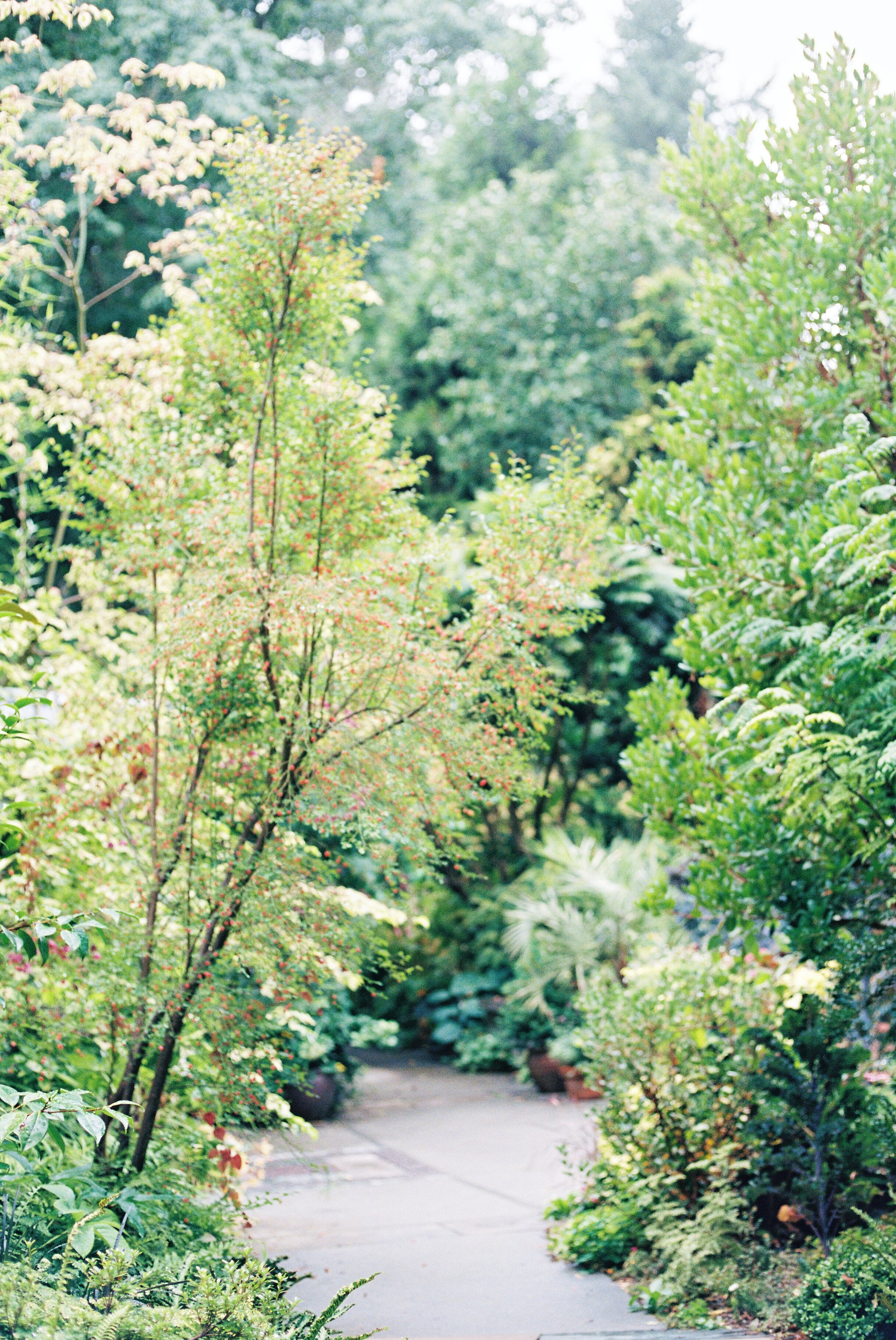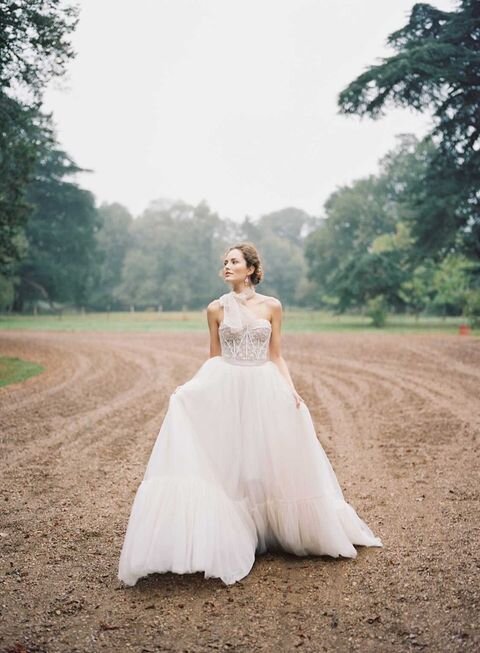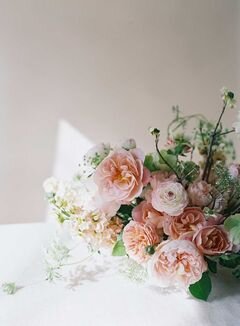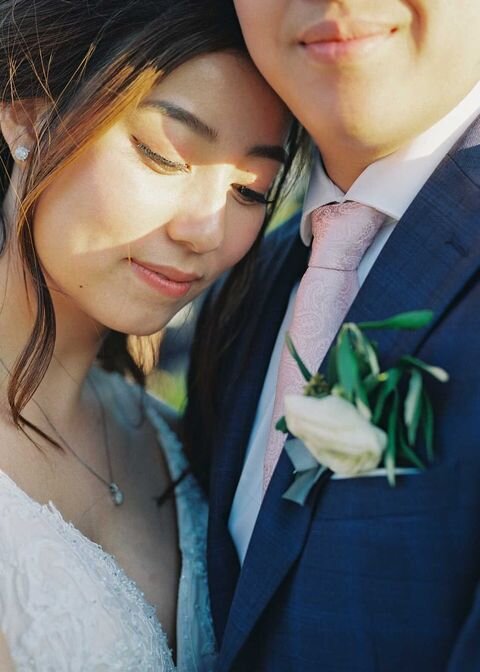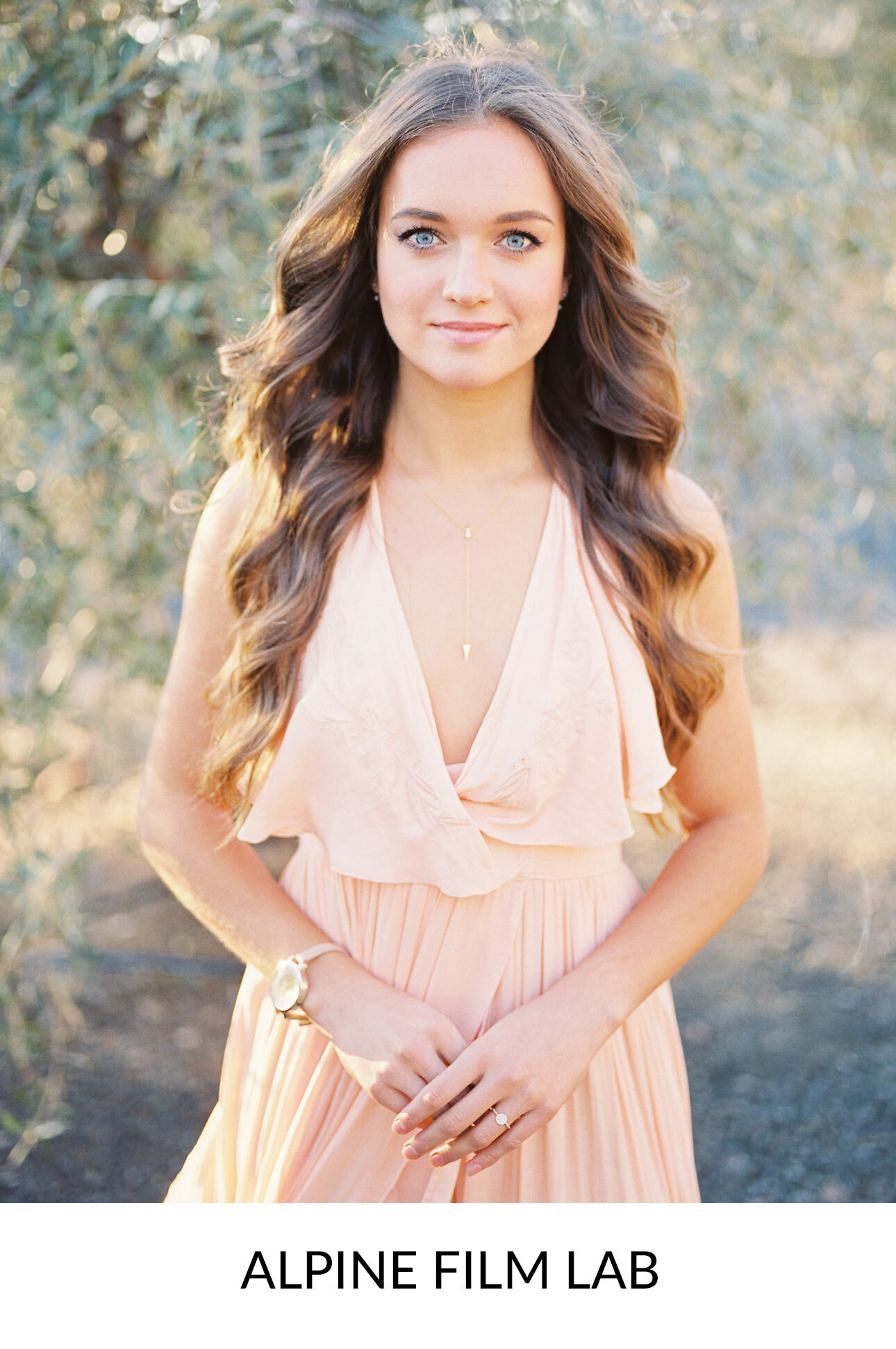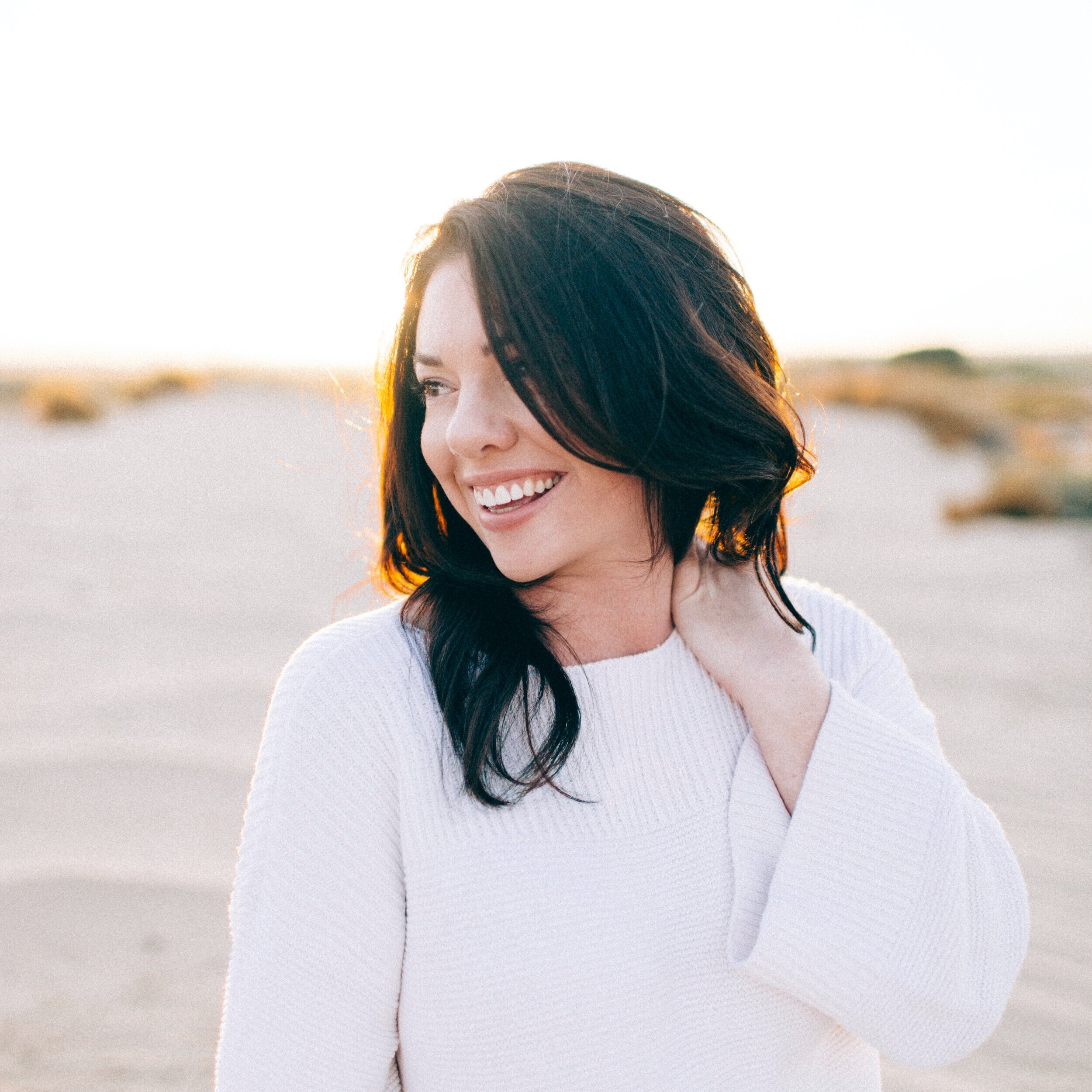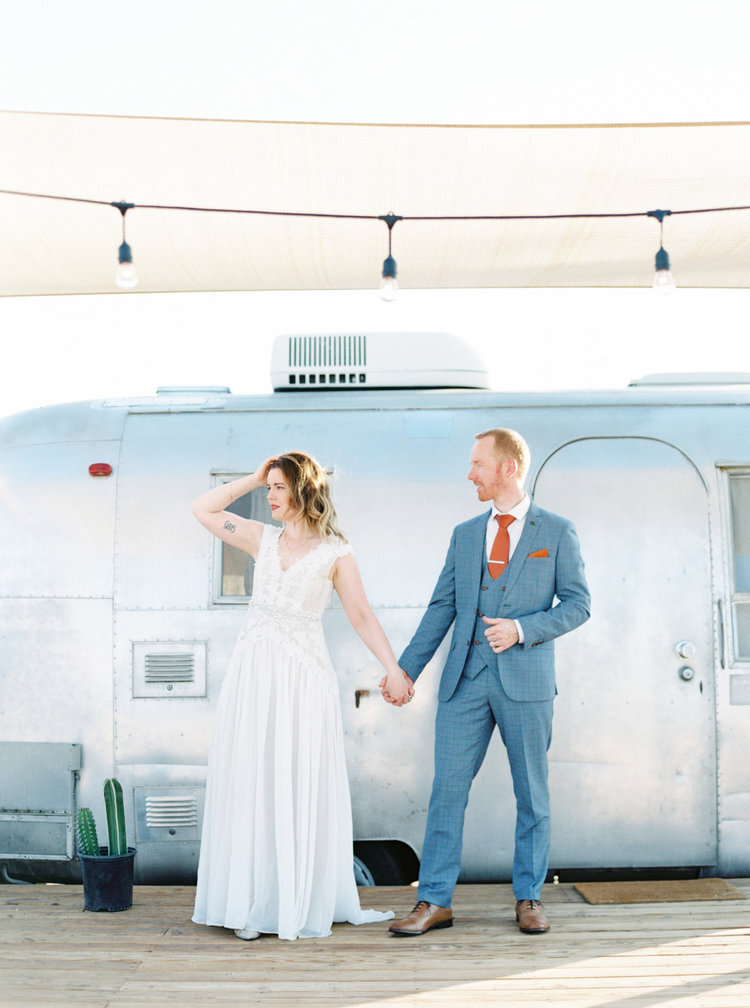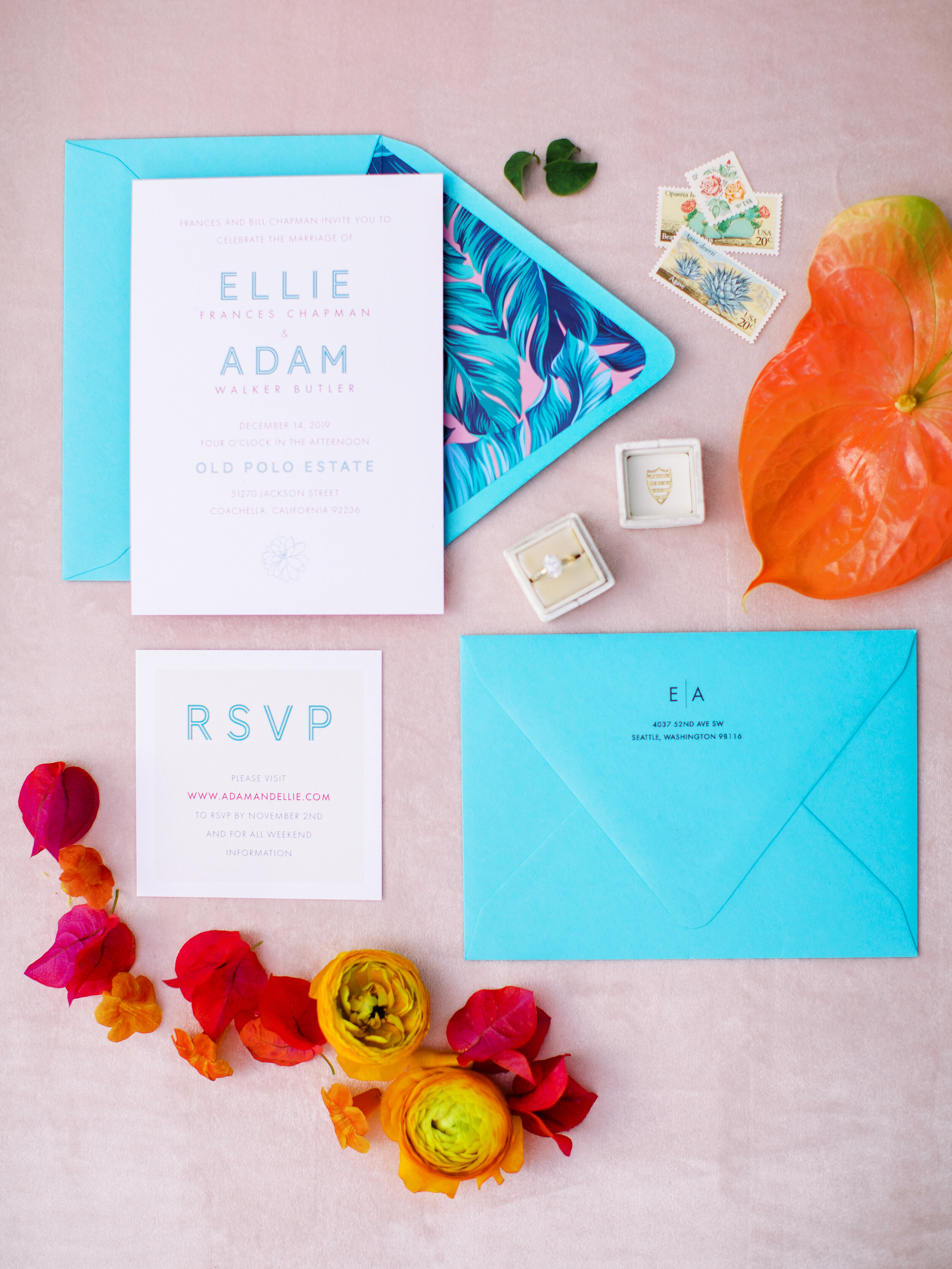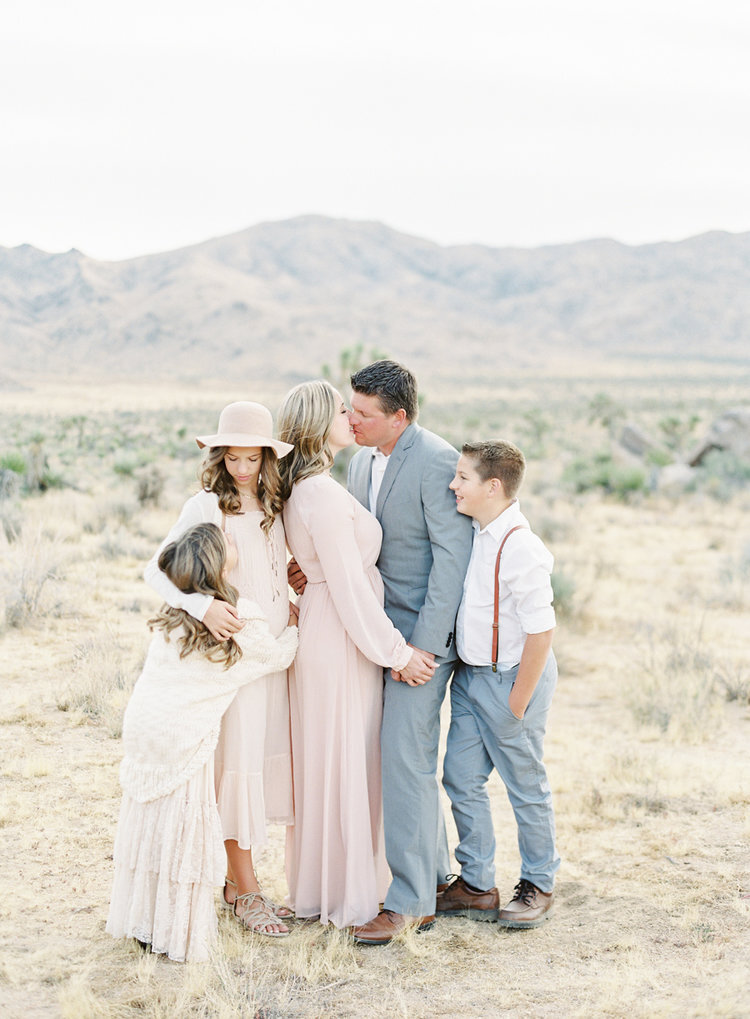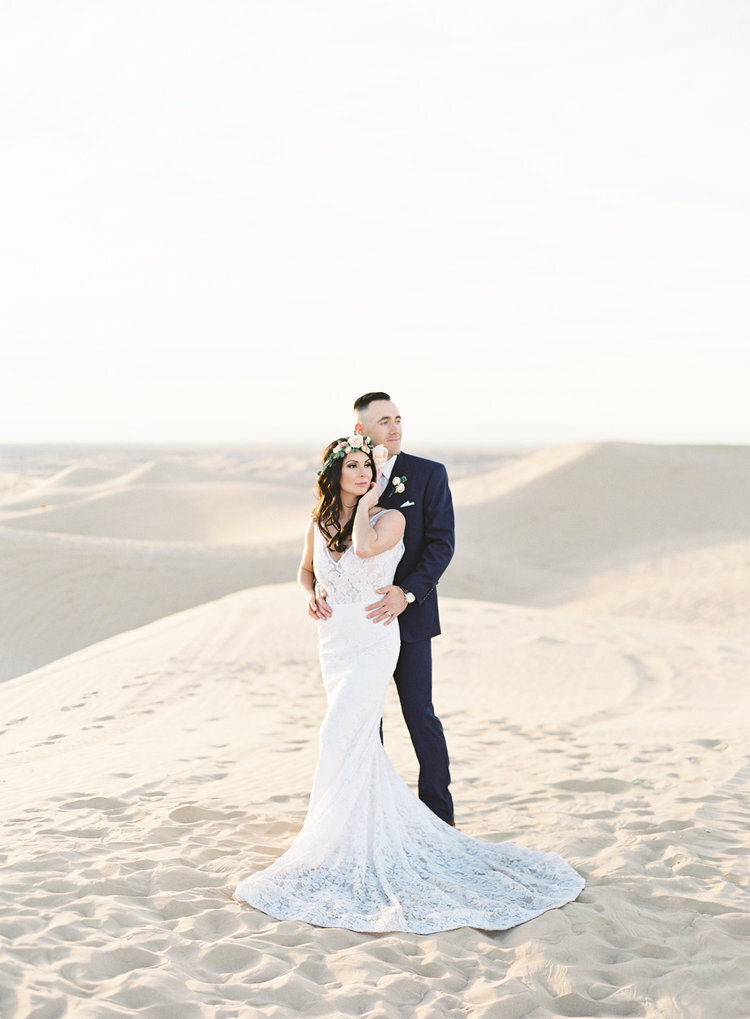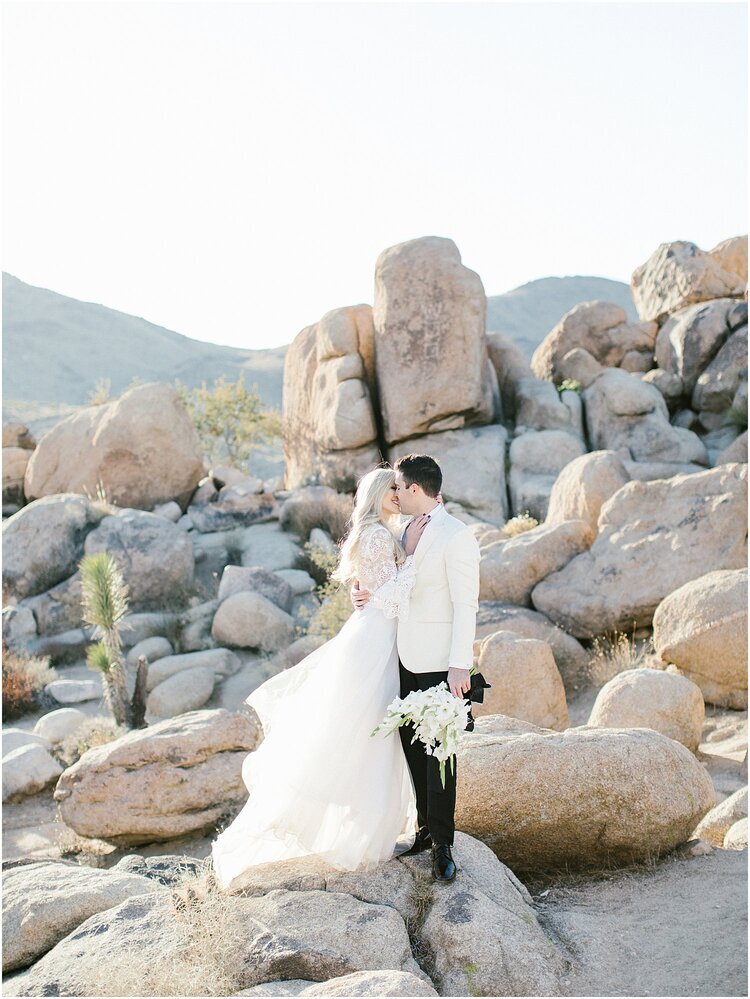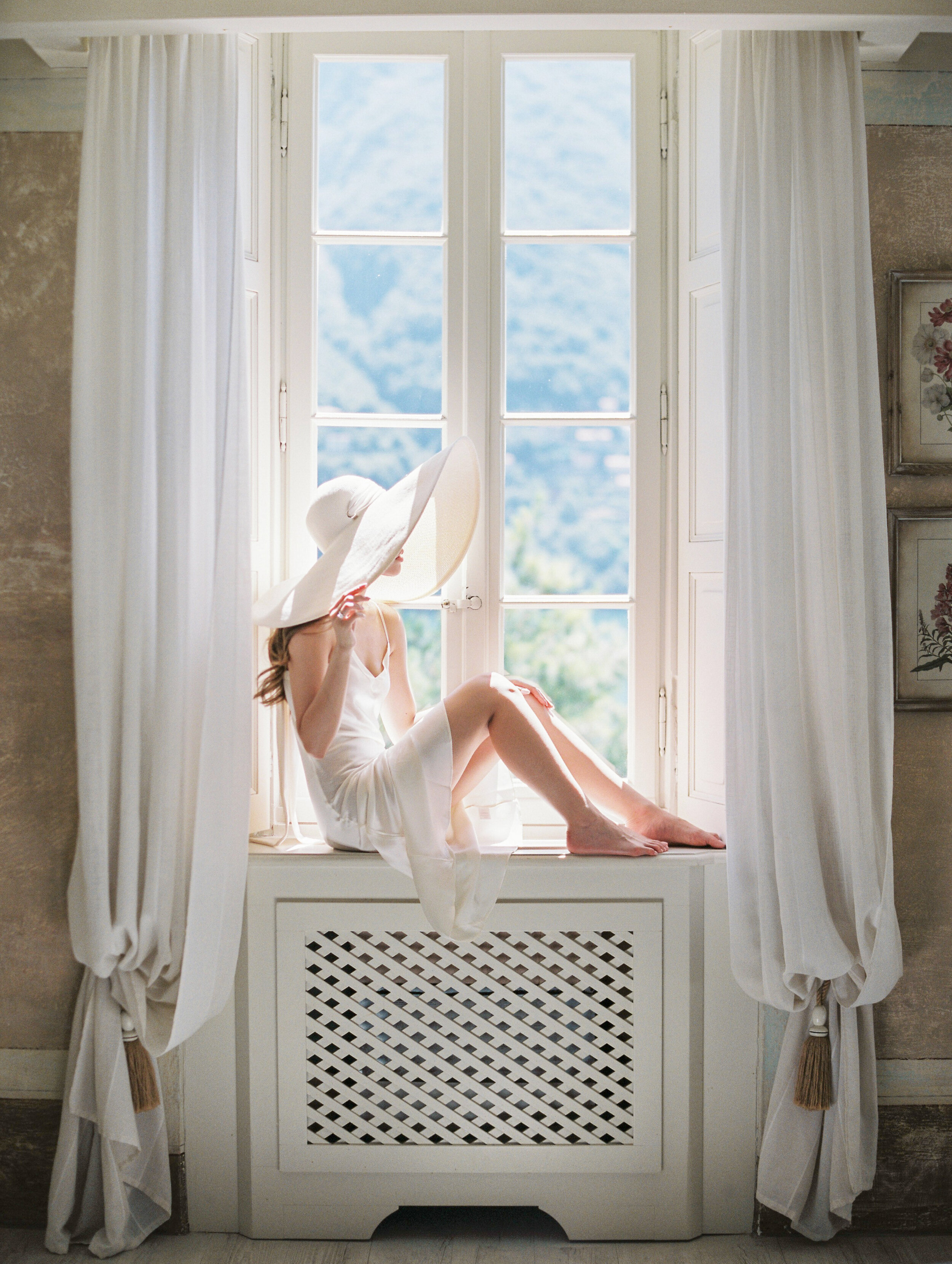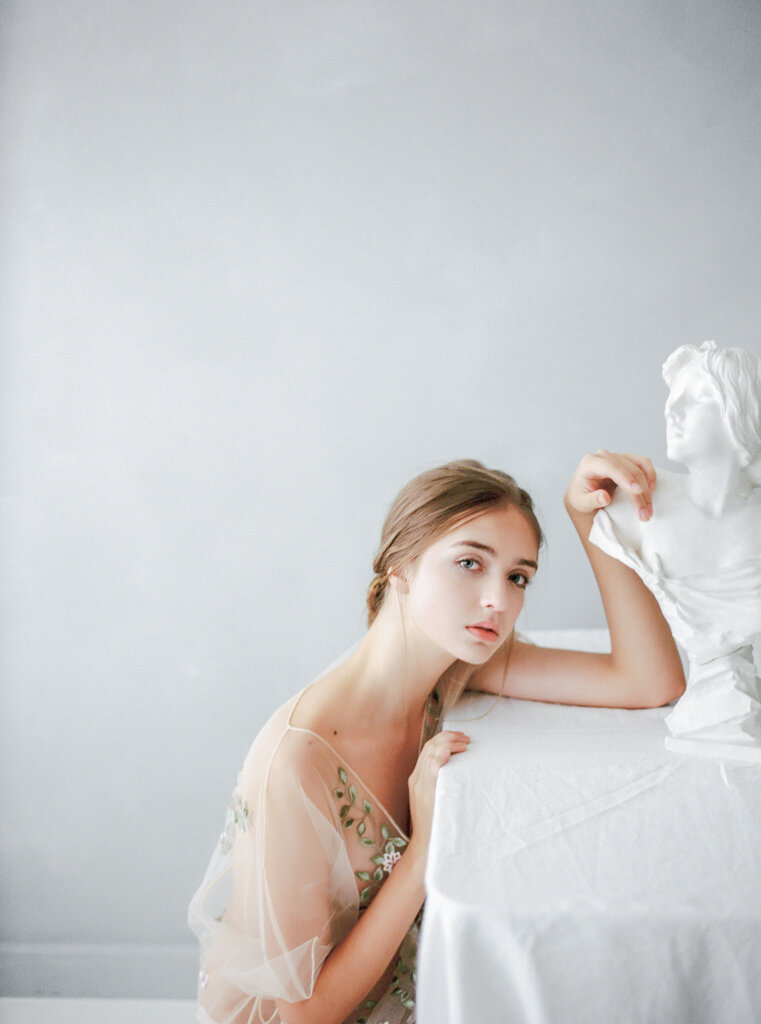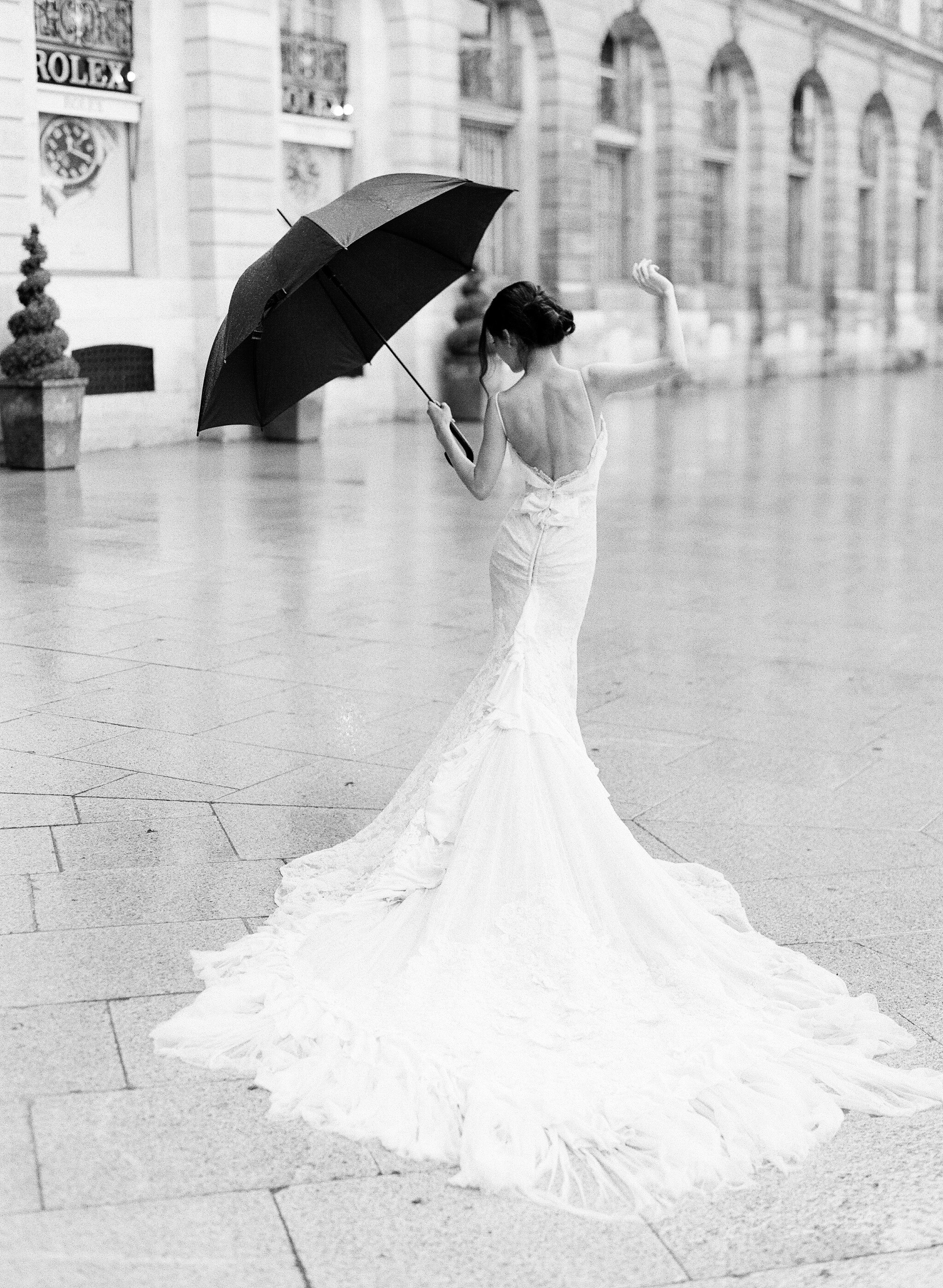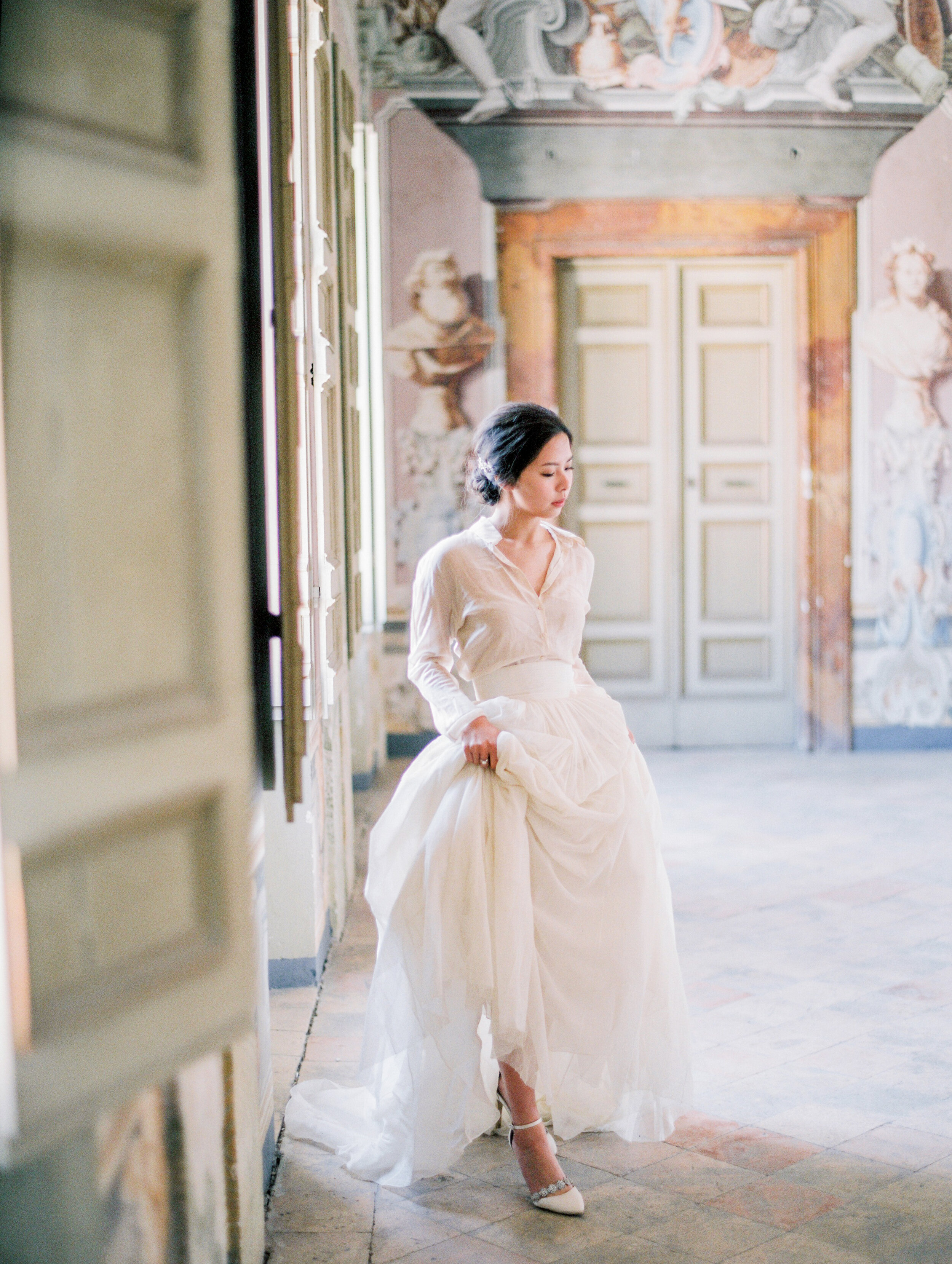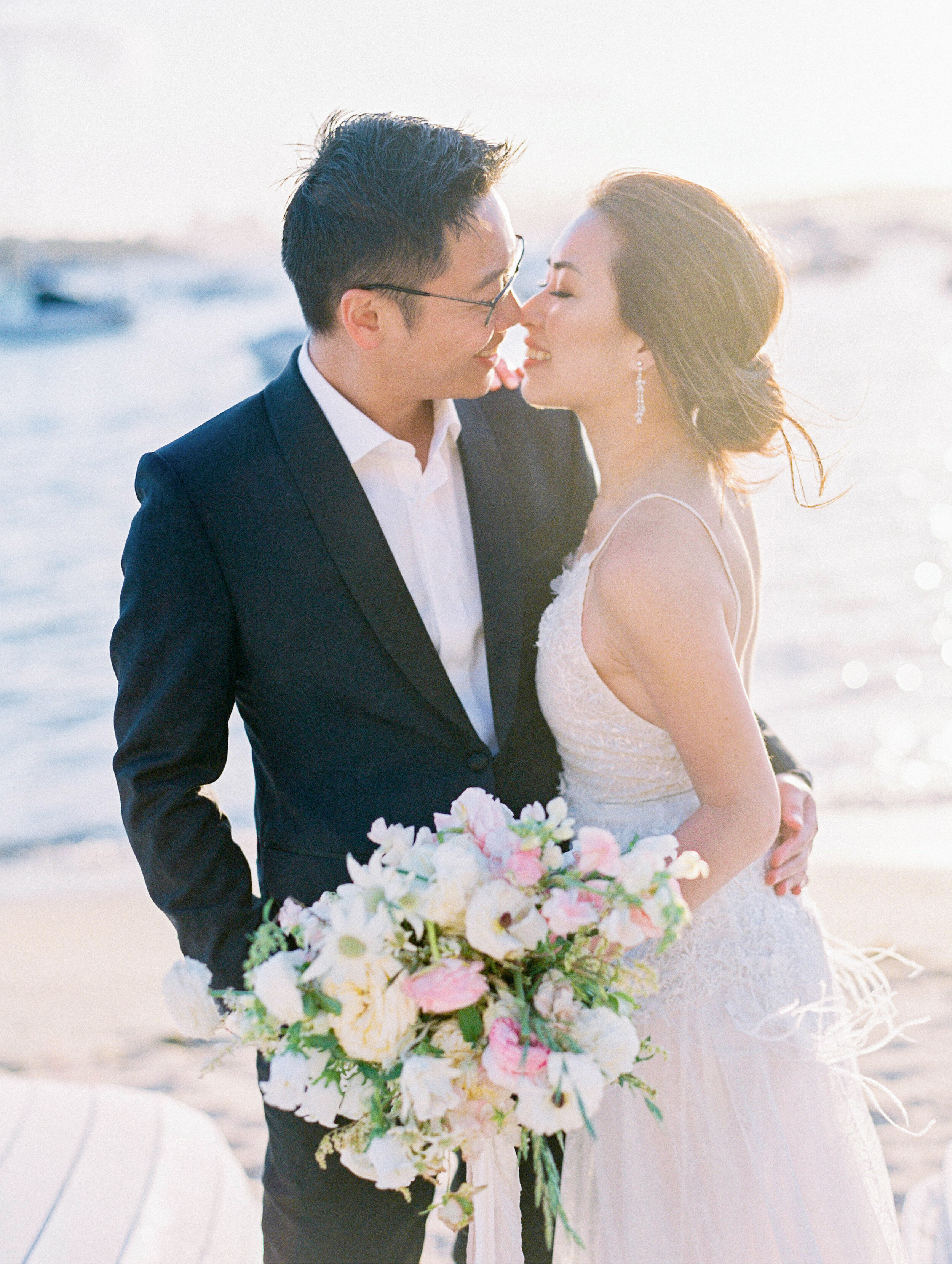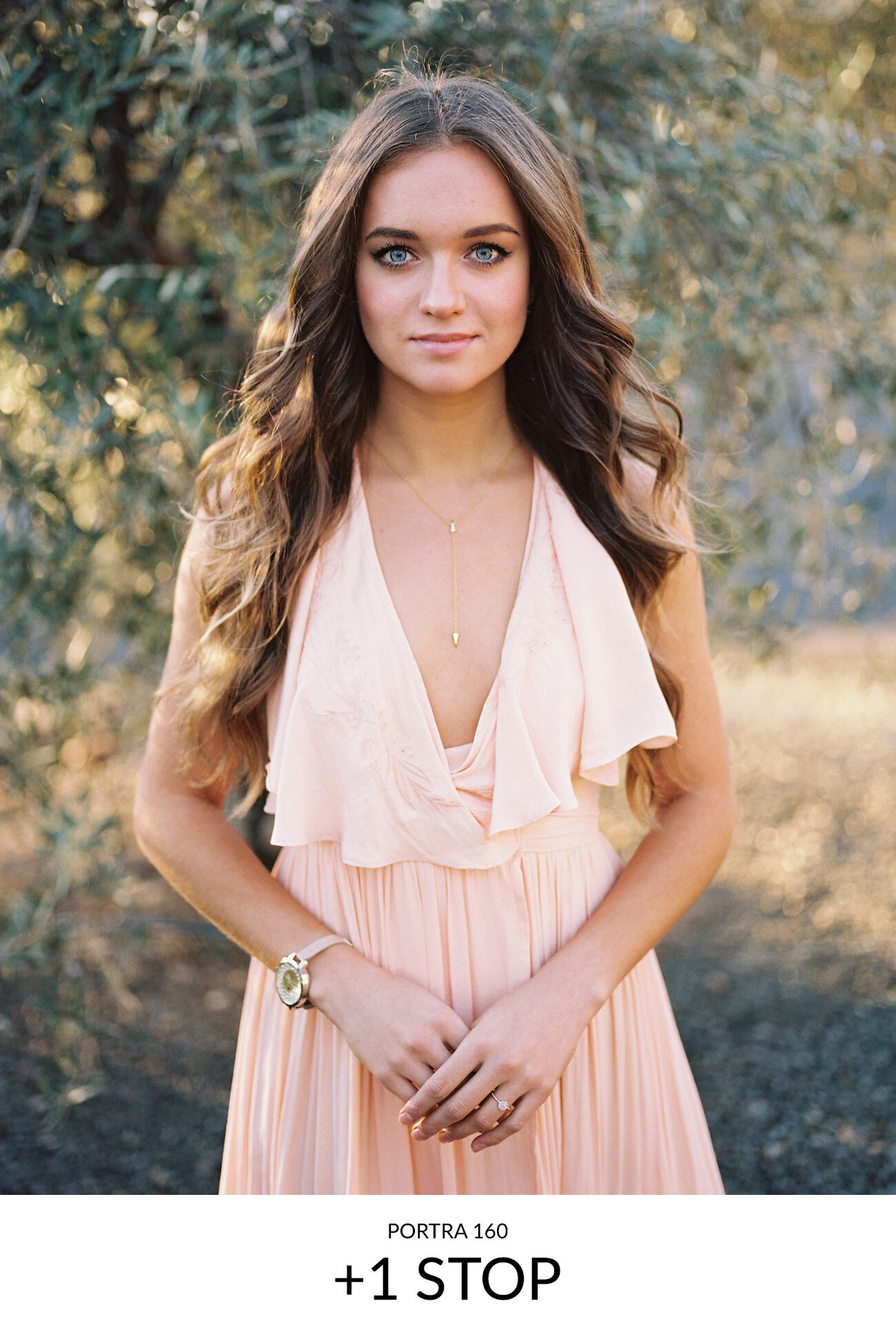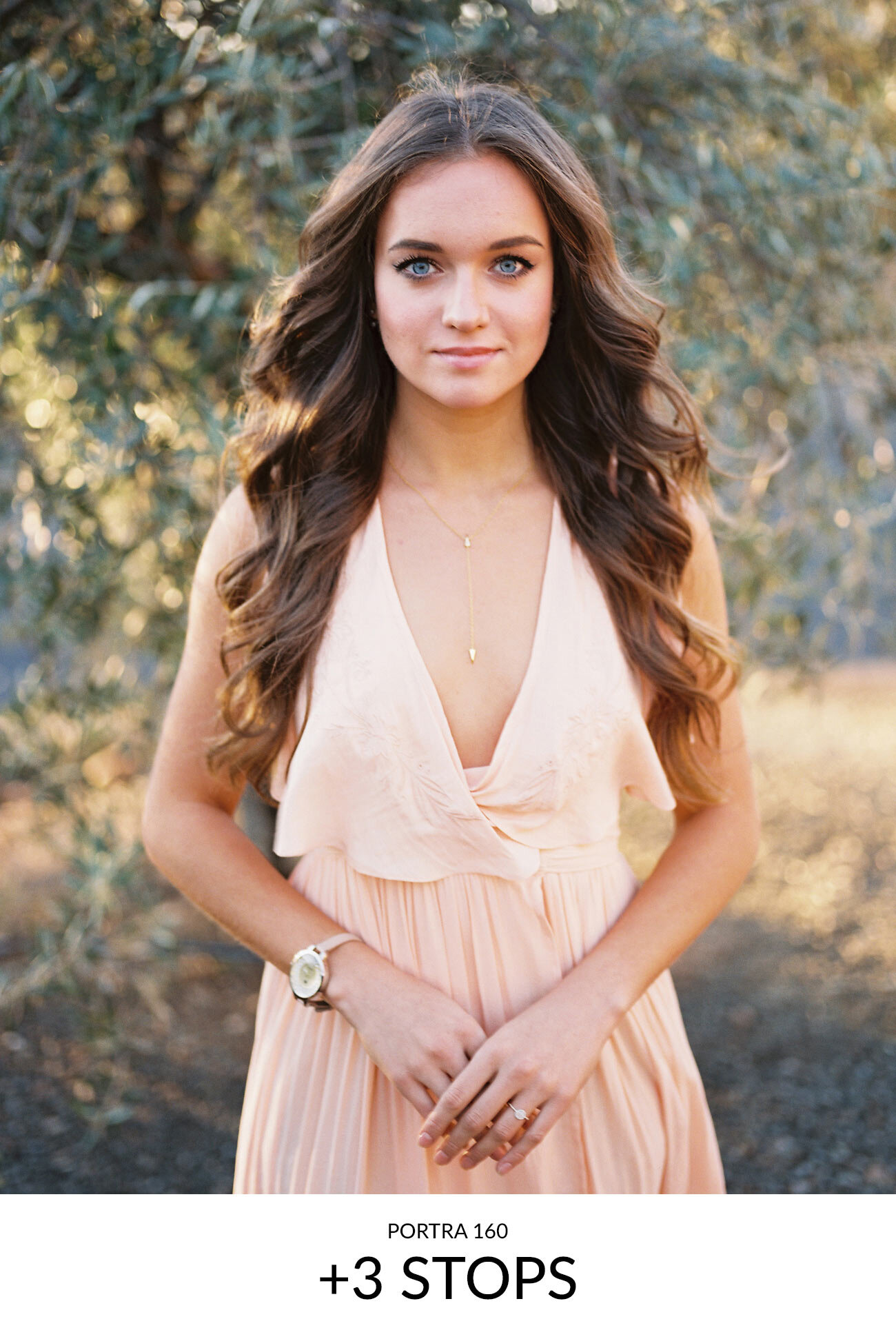We know the 2021 wedding season has been filled with doubleheaders and weddings every weekend. You've put in the work long before the wedding day rolls around, and the job doesn't end when you set the camera down. It's in this crazy hustle that the work/life balance becomes uneven, and you notice yourself working at a nonstop pace.
Finding a sustainable rhythm is key to long-term success and quality of life + business, so we put together some tips to help you find your balance:
🌴 Outsource. From your editing to social media to album design and blogging, outsourcing is a tremendous resource to help clear your plate and enables you to get back to life. We created The Ginger Lab for this very reason, and it's our mission to help photographers step away from editing and focus on other things in their craft. Besides editing, we even cull, so once you've finished shooting, send us your files, and we'll get to work! We want you to scale your business, shoot more, and let us take care of your images.
⌚️ Set business hours and stick to them. (Easier said than done, right?) Every business has hours of operation, and it's completely understandable and even expected. You need them too! One of the things entrepreneurs love about being a business owner is the freedom to set their own schedule. Whatever hours you want to work, set a timeframe so you won't feel like you're working 24/7 and your business is running you. By outsourcing your editing, you'll be surprised by how much time you're freeing to check other things off your to-do list.
4. 💌 Delete the email app from your phone. This one goes along with setting business hours! If you're constantly noticing your inbox number ticking up, it can be tempting to slide into work mode to reply when you may be trying to spend time with family and friends.
3. 🧘🏼♀️ Create a positive environment. Just like a corporate setting, a good workspace and atmosphere are important to a productive workday. Choose your favorite place in your home and set up by playing music, watching a show, or listening to an audiobook/podcast. Do anything that will create a space that inspires and motivates you. Switch it up some days and work outside or visit your favorite coffee shop!
5. 📔 Schedule tasks. Not knowing where to start and what to prioritize each day can make you feel overwhelmed. Give specific tasks to particular days of the week. Example: Monday is social media management, Tuesday is blogging, Wednesday is gallery delivery day, etc. Don't forget to give yourself a day or two off!
6. ☕️ Step away. If that album doesn't seem to be coming together after rearranging it for hours, or your eyes feel like they're going to bleed from staring at the computer screen all day, don't feel guilty to take a break. A step back can be needed, and then you can come back and view it with fresh eyes and a new perspective.
We hope you found these tips helpful so you can enjoy doing what you love even more!


